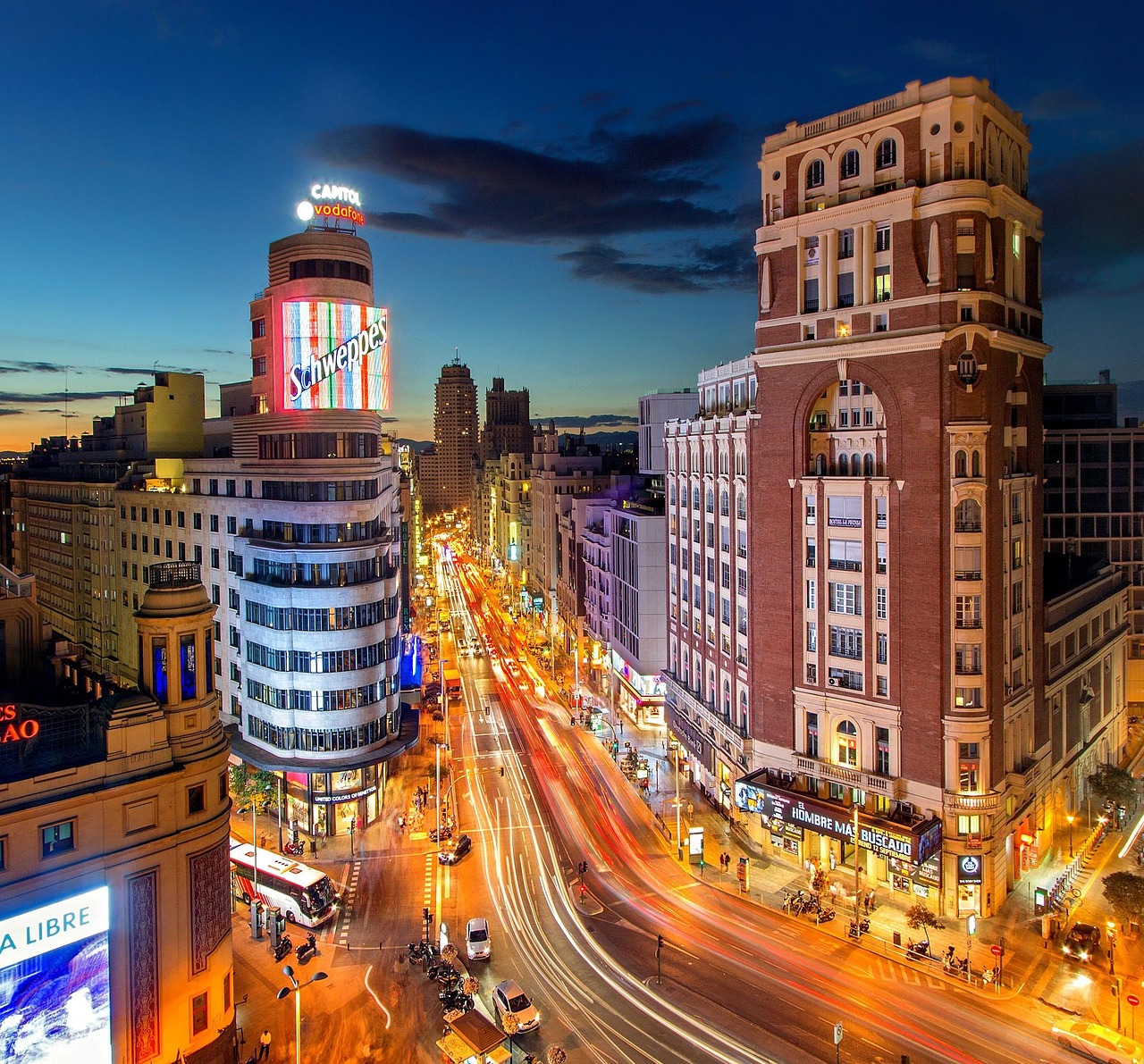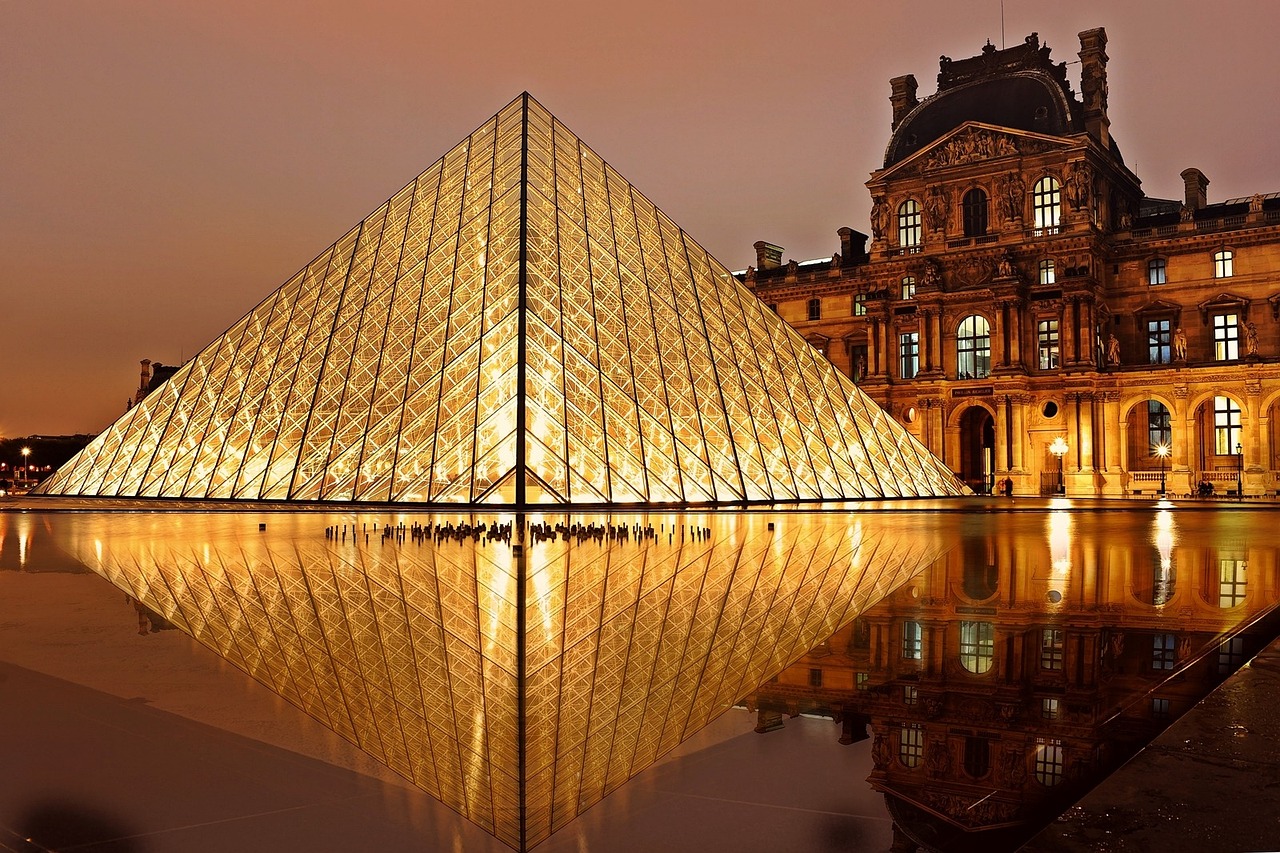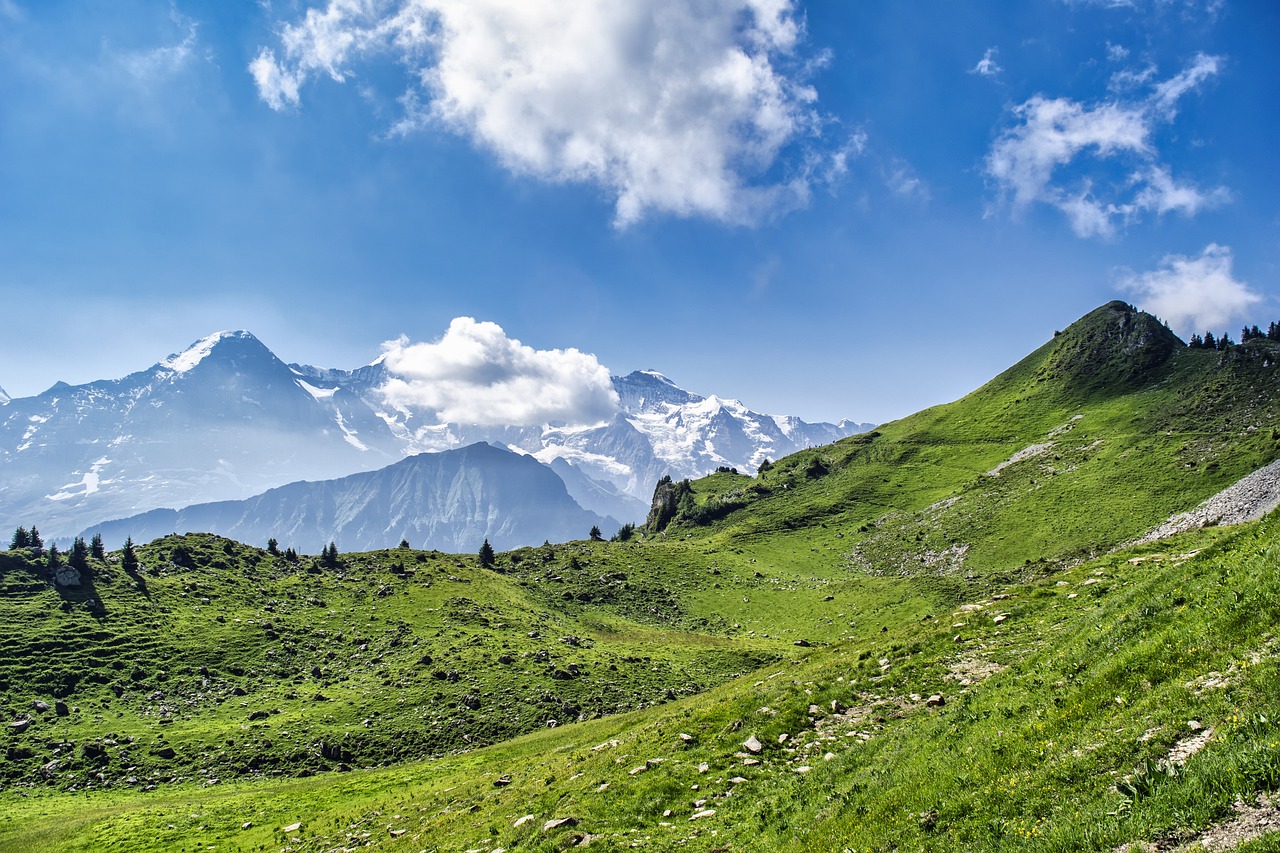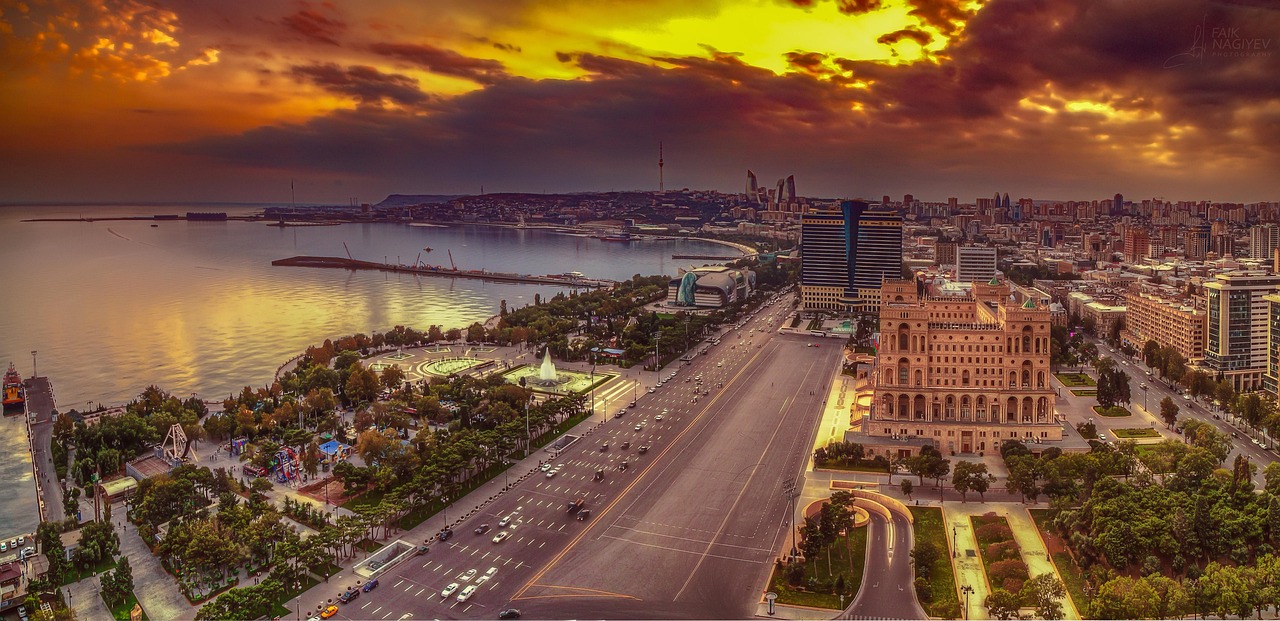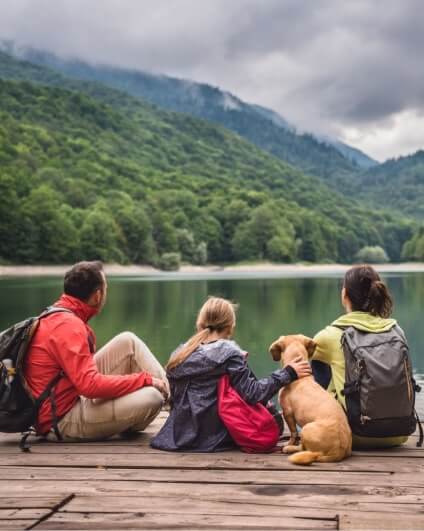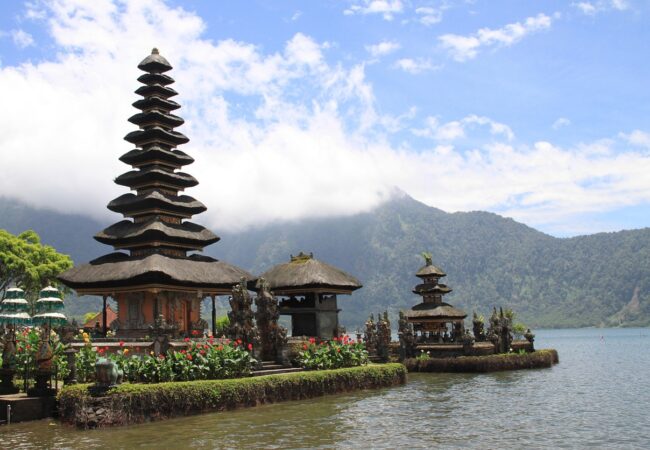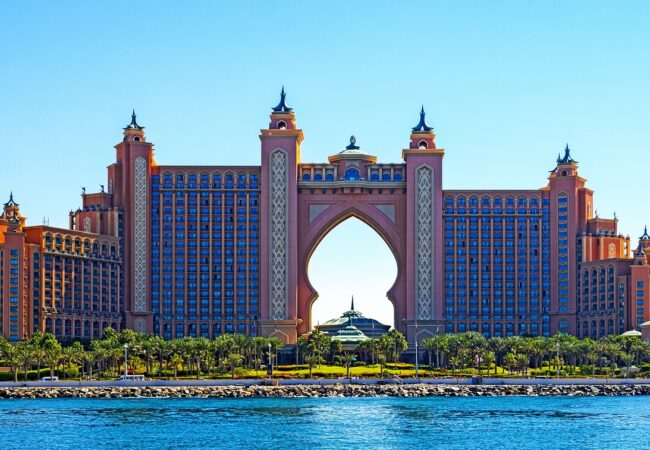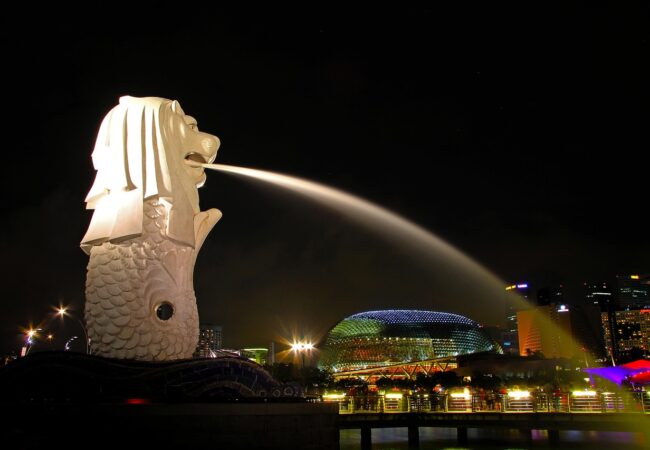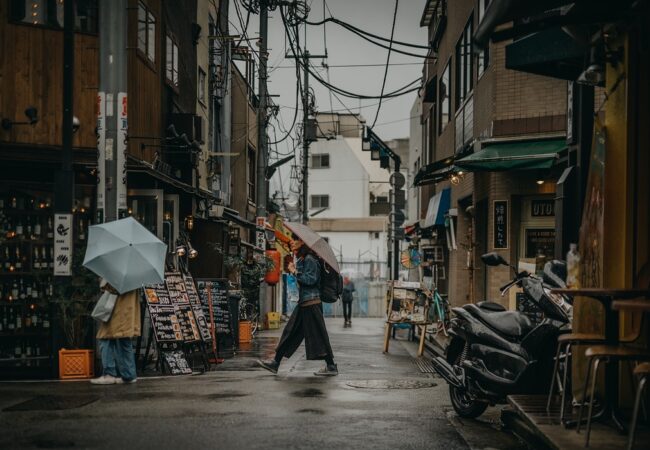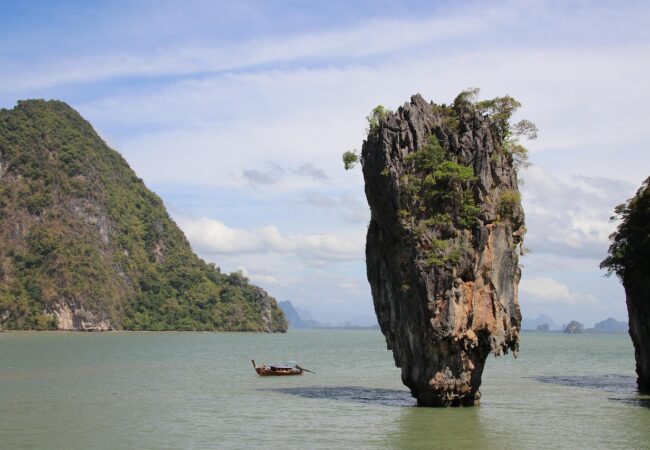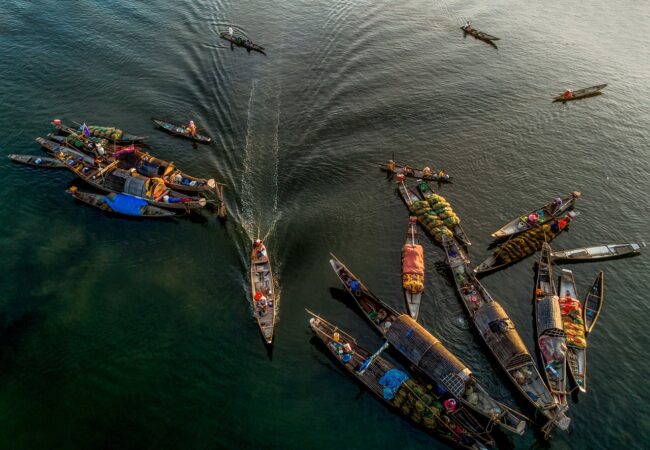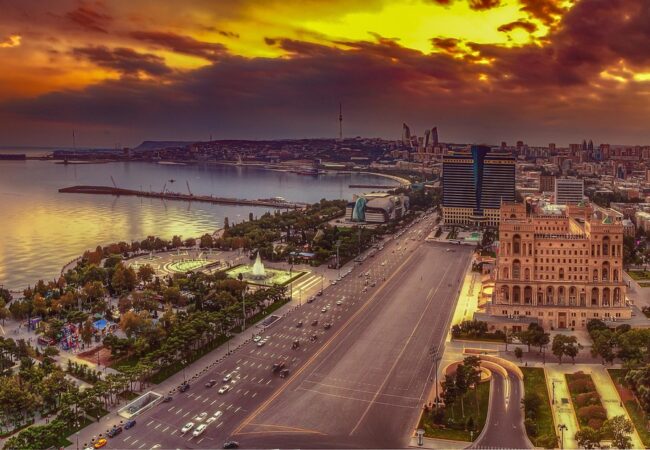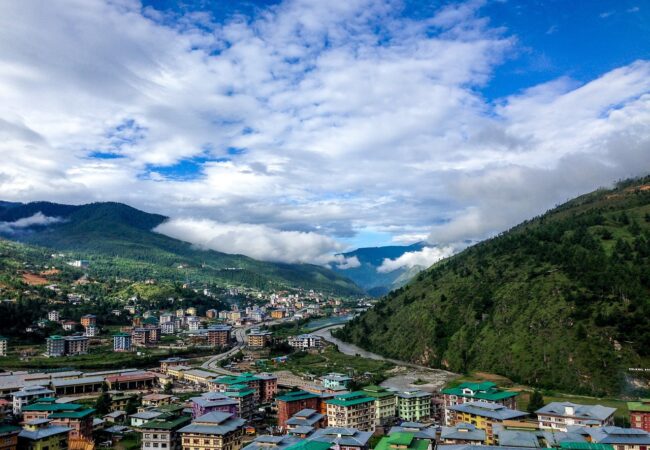Cambodia: The Kingdom of Wonder – A Comprehensive Travel Guide
Cambodia, often referred to as the “Kingdom of Wonder,” is a captivating destination that offers a rich tapestry of history, culture, and natural beauty. From the awe-inspiring temples of Angkor to the bustling streets of Phnom Penh, from the pristine beaches of Sihanoukville to the lush jungles of Mondulkiri, Cambodia is a country that promises unforgettable experiences for every traveler. This comprehensive guide will explore the many facets of Cambodia, showcasing why it is a must-visit destination for any travel agency’s portfolio.
1. Introduction to Cambodia: A Land of Rich Heritage and Natural Beauty
Cambodia is located in Southeast Asia, bordered by Thailand, Laos, Vietnam, and the Gulf of Thailand. The country is known for its rich history, which dates back to the powerful Khmer Empire that ruled much of Southeast Asia from the 9th to the 15th centuries. The legacy of this empire is most famously represented by the temples of Angkor, which are among the most significant archaeological sites in the world.
Despite its turbulent past, including the devastating Khmer Rouge regime, Cambodia has emerged as a resilient and welcoming nation. The country’s cultural heritage, warm hospitality, and stunning landscapes make it a compelling destination for travelers seeking both adventure and relaxation.
For travel agencies, promoting Cambodia means offering clients a chance to explore a country that seamlessly blends ancient history with modern charm. Whether it’s the grandeur of Angkor Wat, the vibrant culture of Phnom Penh, or the serene beauty of its islands, Cambodia has something for everyone.






2. Top Destinations in Cambodia
Cambodia’s diverse geography and rich cultural heritage make it a treasure trove of destinations. Here are some of the top places that should be on every traveler’s itinerary:
A. Siem Reap: The Gateway to Angkor
Siem Reap is the most popular tourist destination in Cambodia, serving as the gateway to the Angkor Archaeological Park.
- Angkor Wat: The largest religious monument in the world, Angkor Wat is a UNESCO World Heritage Site and the crown jewel of Cambodia. Its intricate carvings and stunning architecture make it a must-visit.
- Angkor Thom: A walled city that was the last capital of the Khmer Empire, featuring the iconic Bayon Temple with its massive stone faces.
- Ta Prohm: Known as the “Tomb Raider Temple,” Ta Prohm is famous for the giant tree roots that have grown over its ruins.
- Tonle Sap Lake: Visit the floating villages and experience the unique way of life on Southeast Asia’s largest freshwater lake.
B. Phnom Penh: The Vibrant Capital
Phnom Penh, the capital of Cambodia, is a bustling city that offers a mix of history, culture, and modernity.
- Royal Palace and Silver Pagoda: A stunning complex that serves as the residence of the King of Cambodia and features beautiful gardens and ornate buildings.
- National Museum of Cambodia: Home to the world’s finest collection of Khmer art and artifacts.
- Tuol Sleng Genocide Museum and Killing Fields: Somber reminders of Cambodia’s tragic past under the Khmer Rouge regime.
- Russian Market: A bustling market where you can find everything from souvenirs to local crafts and street food.
C. Sihanoukville: The Beach Paradise
Sihanoukville, located on the southern coast, is known for its pristine beaches and vibrant nightlife.
- Otres Beach: A quieter beach with soft white sand and clear waters, perfect for relaxation.
- Koh Rong and Koh Rong Samloem: Beautiful islands off the coast of Sihanoukville, known for their crystal-clear waters and vibrant marine life.
- Ream National Park: A protected area with lush forests, mangroves, and diverse wildlife.
D. Battambang: The Cultural Hub
Battambang is a charming city known for its French colonial architecture and vibrant arts scene.
- Bamboo Train: A unique and fun way to explore the countryside on a makeshift bamboo platform.
- Phare Ponleu Selpak: A circus and arts school that showcases the talents of local performers.
- Wat Banan Temple: Often referred to as a mini Angkor Wat, this temple offers stunning views of the surrounding countryside.
E. Mondulkiri: The Wild Frontier
Mondulkiri, located in eastern Cambodia, is known for its lush jungles, waterfalls, and ethnic minority communities.
- Bou Sra Waterfall: One of the most beautiful waterfalls in Cambodia, perfect for swimming and picnicking.
- Elephant Valley Project: A sanctuary where you can observe elephants in their natural habitat and learn about conservation efforts.
- Sea Forest: A unique landscape that resembles a green ocean, offering breathtaking views.
F. Kampot and Kep: The Coastal Gems
Kampot and Kep are charming coastal towns known for their relaxed atmosphere and natural beauty.
- Bokor National Park: A mountainous park with stunning views, historic buildings, and diverse wildlife.
- Kep National Park: A great place for hiking and enjoying panoramic views of the coastline.
- Kep Crab Market: Famous for its fresh seafood, especially the Kampot pepper crab.
3. Unique Experiences in Cambodia
Cambodia is not just about sightseeing; it’s about immersing yourself in experiences that leave a lasting impression.
A. Culinary Delights
Cambodian cuisine is a flavorful blend of fresh ingredients, herbs, and spices.
- Amok: A traditional Cambodian dish made with fish, coconut milk, and spices, steamed in banana leaves.
- Lok Lak: Stir-fried beef served with a tangy lime and black pepper sauce.
- Nom Banh Chok: A popular breakfast dish of rice noodles topped with fish-based green curry and fresh vegetables.
- Kampot Pepper: Known as some of the best pepper in the world, it’s a must-try for food enthusiasts.
B. Festivals
Cambodia’s festivals are a vibrant celebration of its culture and traditions.
- Khmer New Year: Celebrated in April, this festival marks the end of the harvest season with traditional games, dances, and rituals.
- Pchum Ben: A religious festival where Cambodians honor their ancestors by offering food to monks.
- Water Festival (Bon Om Touk): A grand festival held in November, featuring boat races, fireworks, and celebrations along the rivers.
C. Adventure Activities
Cambodia offers a range of adventure activities for thrill-seekers.
- Trekking: Explore the jungles and waterfalls of Mondulkiri and Ratanakiri.
- Kayaking: Paddle through the mangroves and floating villages of Tonle Sap Lake.
- Rock Climbing: Test your skills on the limestone cliffs of Kampot.
D. Cultural Immersion
Cambodia’s rich cultural heritage offers numerous opportunities for immersive experiences.
- Homestays: Stay with local families in rural villages and experience traditional Cambodian life.
- Traditional Crafts: Visit villages known for their handicrafts, such as silk weaving in Siem Reap and pottery in Kampong Chhnang.
- Cooking Classes: Learn to prepare traditional Cambodian dishes with local chefs.
E. Wellness and Relaxation
Cambodia is also a destination for those seeking relaxation and rejuvenation.
- Spa Treatments: Enjoy traditional Khmer massages and herbal treatments.
- Yoga and Meditation: Join retreats in serene settings like Siem Reap and Kep.
- Beach Resorts: Unwind at luxurious resorts in Sihanoukville and Koh Rong.
4. Practical Tips for Traveling in Cambodia
A. Best Time to Visit
The best time to visit Cambodia is during the dry season, from November to April, when the weather is cool and pleasant. The wet season, from May to October, can be hot and humid, but it’s also a great time to see the lush landscapes and vibrant greenery.
B. Visa Requirements
Most travelers need a visa to enter Cambodia. Visas can be obtained on arrival at major entry points, including airports and border crossings.
C. Transportation
- Domestic Flights: The quickest way to travel between cities, with several airlines offering frequent flights.
- Buses: A budget-friendly option for traveling between cities and regions.
- Tuk-Tuks and Cyclos: Popular modes of transport for short distances within cities and towns.
D. Health and Safety
- Drinking Water: Stick to bottled or filtered water.
- Vaccinations: Ensure you’re up-to-date on routine vaccines and consider vaccinations for hepatitis A, typhoid, and rabies.
- Traffic: Be cautious when crossing streets, especially in busy cities like Phnom Penh.
E. Cultural Etiquette
- Dress Modestly: Especially when visiting religious sites.
- Remove Shoes: Always remove your shoes before entering temples and homes.
- Respect Local Customs: Ask for permission before taking photos of people or religious sites.
5. Why Cambodia Should Be in Your Travel Agency’s Portfolio
Cambodia is a destination that offers something for everyone. Whether it’s the thrill of exploring ancient temples, the serenity of relaxing on pristine beaches, or the excitement of trekking through lush jungles, Cambodia has it all. Its rich cultural heritage, stunning landscapes, and warm hospitality make it a destination that leaves a lasting impression on travelers.
For travel agencies, promoting Cambodia means offering clients a chance to experience a country that is both adventurous and serene, ancient and modern. With its diverse range of experiences, Cambodia is a destination that will appeal to a wide range of travelers, from adventure seekers to culture enthusiasts.
6. Conclusion
Cambodia is a country that truly has it all. From the awe-inspiring temples of Angkor to the vibrant streets of Phnom Penh, from the pristine beaches of Sihanoukville to the lush jungles of Mondulkiri, Cambodia is a destination that promises unforgettable experiences. For travel agencies looking to offer their clients a journey of discovery, adventure, and cultural immersion, Cambodia is the perfect choice. So pack your bags, and get ready to explore the Kingdom of Wonder. Cambodia awaits!

